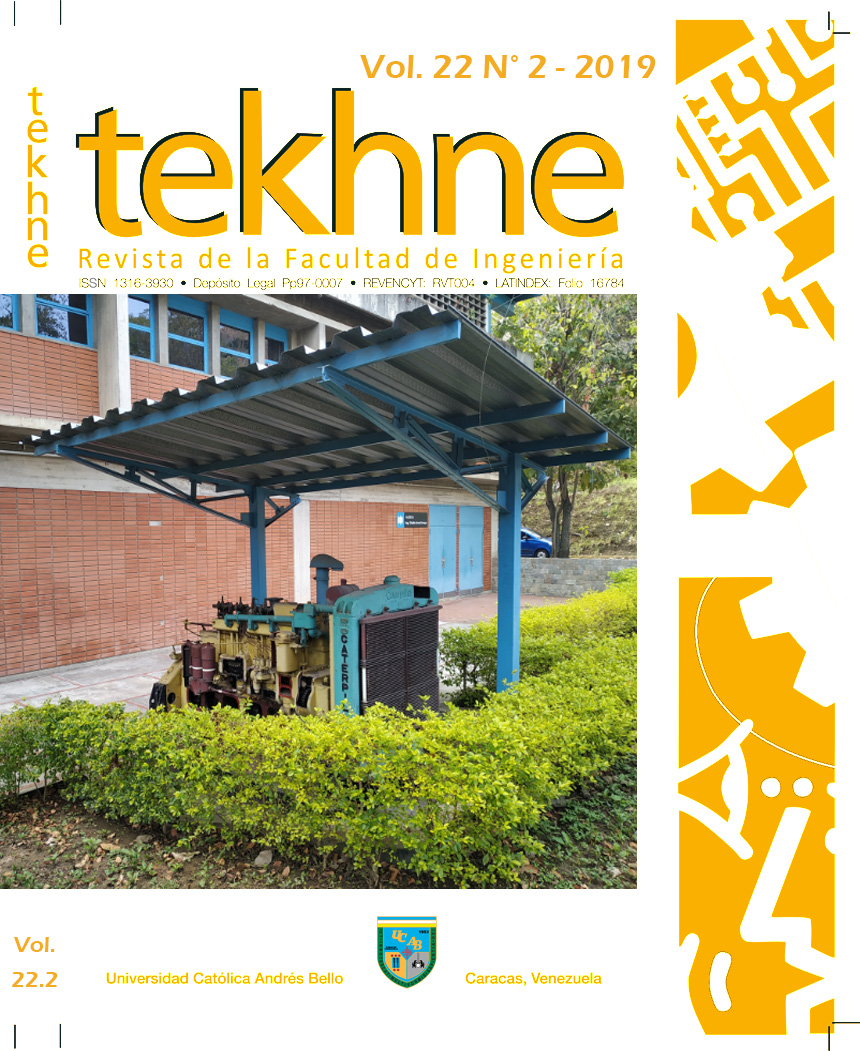CLIMATE CHANGE AND SOCIETY DURING THE DEVELOPMENT OF THE CIVILIZATION OF ANCIENT EGYPT, 3000 to 2000 BC.
EL CAMBIO CLIMATICO Y LA SOCIEDAD DURANTE EL DESARROLLO DE LA CIVILIZACIÓN DEL ANTIGUO EGIPTO, 3000 a 2000 AC.
DOI:
https://doi.org/10.62876/tekhn.v22i2.4079Keywords:
Abstract
In the area of Giza, Egypt, there are the famous pyramids, one of the seven wonders of our planet Earth, which constitute extensive research topics, contrasting the great works carried out with the current harsh climate of the desert. The origin of the Egyptian civilization must have had an environment consistent with its development, reaching its peak in the so-called Old Kingdom, 2000 to 3000 BC. Extensive research on climate change in the Sahara Desert concludes that desertification began suddenly 5,000 years ago, and suggests that the transition took longer, about 3,000 years, from 5,600 to 2,700 BC. Currently, the average flow of the Nile River is related to the desert conditions in the middle and lower part of the basin, which in the near past must have been greater. The basin must have been covered with great vegetation, related to normal water levels at higher altitudes, covering the wide valley of the Nile River, facilitating drainage towards the El Fayoum valley and drainage through the Los Pharaones canal towards the Red Sea. The development of the Giza plateau, during the Old Kingdom, is associated with a landscape of vegetal cover, with water sources, extensive agricultural and livestock work, to feed the communities organized in the constructions of the great monuments. Towards the east of the Giza Plateau, the large area of the desert, with soft relief, reflects branches of light tones that resemble drainage patterns, as well as important channels, which must be the x-ray of the mountainous relief in the subsoil, controlled in the passed through important water channels, today covered by significant thicknesses of sand. Desertification must have affected the Giza Plateau starting in the so-called Middle Kingdom, accentuating the process between 2000 and 1600 BC, advancing progressively upstream, affecting the Valley of the Kings during the birth of Christ.
There is a relationship between progressive climate change and high temperatures, associated with periods of torrential rains and greater intensity, causing stability problems on the slopes associated with landslides, hiding archaeological monuments of different ages. At the beginning of the 21st century there is a high temperature where the effects of torrential and continuous rains constitute events that will be more frequent and intense in the short term.




